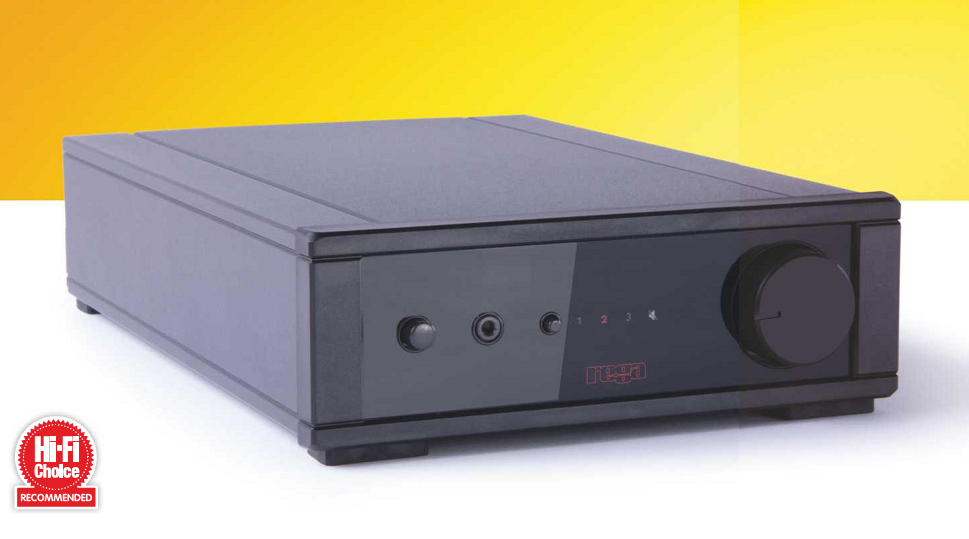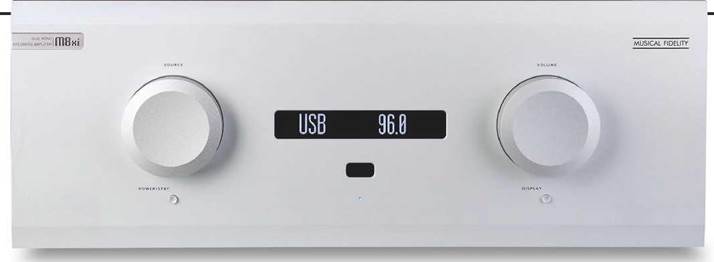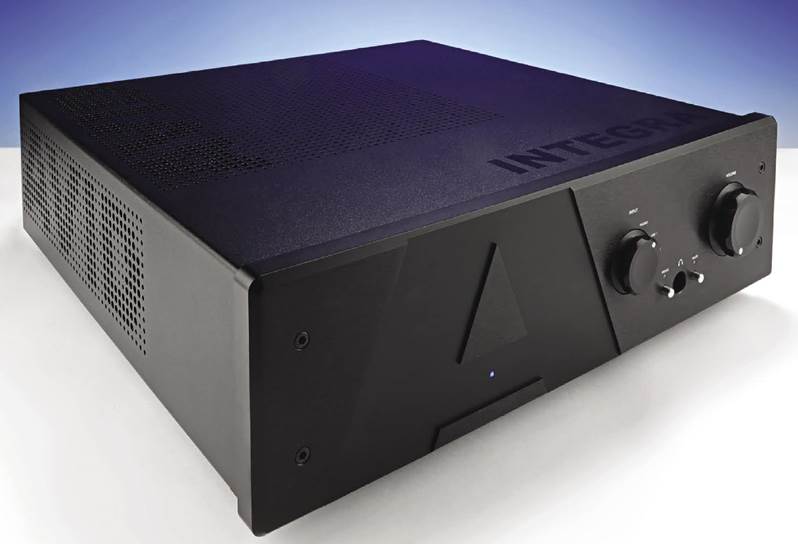Leema Acoustics Pulse IV Review

The latest incarnation of the Stellar series is more flexible, but does it do enough? Read our Leema Acoustics Pulse IV Review.

Table of Contents
DETAILS
PRODUCT Leema Acoustics Pulse IV
ORIGIN UK
TYPE Integrated amplifier
WEIGHT 11kg
DIMENSIONS (WxHxD) 435 x 90 x 375mm
FEATURES
• Quoted power output: 2x 80 W (8ohm)
• Inputs: 5x RCA; 1x MM/MC phono stage; 3x optical; 3x coaxial- 1x USB-B
• 32-bit/38-4kHz PCM and DSD128- capable DAC
• 3.5mm headphone output
• AptX Bluetooth
Distributor Mian Audio Distribution
TELEPHONE 01223782474
WEBSITE leema-acoustics. com
As the name suggests, the Pulse IV is an ongoing evolution of a platform that Welshpool-based Leema Acoustics has been offering for some time. Each incarnation has left the Pulse looking rather different while still fulfilling the role of Leema’s most affordable full-width integrated. Released in 2017, the specification is comprehensive with its Class A/B design claiming 2x 80W into 8ohm. There are five line-level inputs, an MM/MC phono stage plus six digital inputs — three coaxial, three optical – together with a USB-B port and aptX Bluetooth, making use of an ESS Sabre 32-bit/384kHz PCM and DSD128-capable DAC. These are supported by two pairs of preamp outputs, a line-level out and a 3.5mm headphone socket on the front.
Source selection and menu options are accessed via the rotary controls on the front and indicated by the display. This works well, but the remote has limited functionality and is small enough to make losing it down the side of the sofa a distinct possibility.
The fact the phono stage grounding post isn’t anywhere near the inputs is also poorly thought out. Aesthetically the Pulse IV is on much stronger ground with a clean and symmetrical design and extremely good build. It’s available in black and silver finishes.
Sound quality
With the test level set. the Leema gets stuck into creating a presentation that immediately enthuses before going on to delight with longer listening. It delivers Stimela with a pleasing level of space and three dimensionality, making sense of the performers and audience. There is an emotional thread here that some rivals miss, which makes the music so much more of a performance than simply just a presentation- Tonal realism is exceptionally good and it deals with the thinner mastering of Huey Lewis in a way that loses none of the urgency of the music while handling the rougher edges in a very appealing way. While it’s perhaps not the most propulsive amp here, it certainly never sounds slow or confused.
Connections

1 3x digital coaxial inputs
2 3x digital optical inputs
3 RCA Rec output
4 2x RCA line outputs
5 MM/MC phono stage input
6 5x RCA analogue inputs
Meanwhile, it does a fine job with the polished presentation of It Don’t Mean A Thing, placing more emphasis on the vocalists and capturing the interplay between them extremely well Little details like the little whoop of satisfaction that Lady Gaga makes at the end of the performance are presented in a way that really adds to the feeling of realism and immersion. With The River, the Pulse IV is strong, although that fractional lack of rhythmic engagement is more pronounced, which slightly undermines
It loses none of the music’s urgency and handles rough edges with ease
the superb performance and deep, textured bass response.
Interestingly, switching to the USB input doesn’t significantly alter the performance. Instead the digital stage comes across as admirably transparent and while not ideal news for those hoping for a bit more get up and go, does point to some very- careful engineering under the hood.
The phono stage is similarly tonally neutral with a commendably low* noise floor and no shortage of gain in either MM or MC settings, which should make it a good match for a wide spread of cartridges





